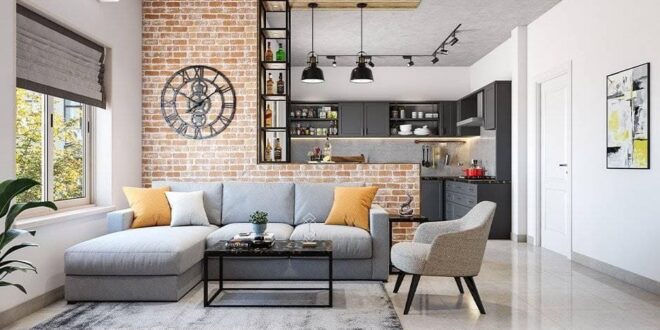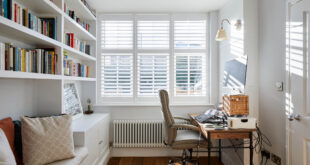Unlocking the Secrets to Stunning Home Interior Decor
Your home is more than just a building; it’s a sanctuary, a reflection of your personality, and a place where memories are made. Home interior decor is the art of transforming that space into a haven that not only looks beautiful but also feels comfortable, functional, and uniquely yours. It’s about creating an environment that nurtures your well-being and inspires you every day. But with so many styles, trends, and options available, knowing where to begin can feel overwhelming.
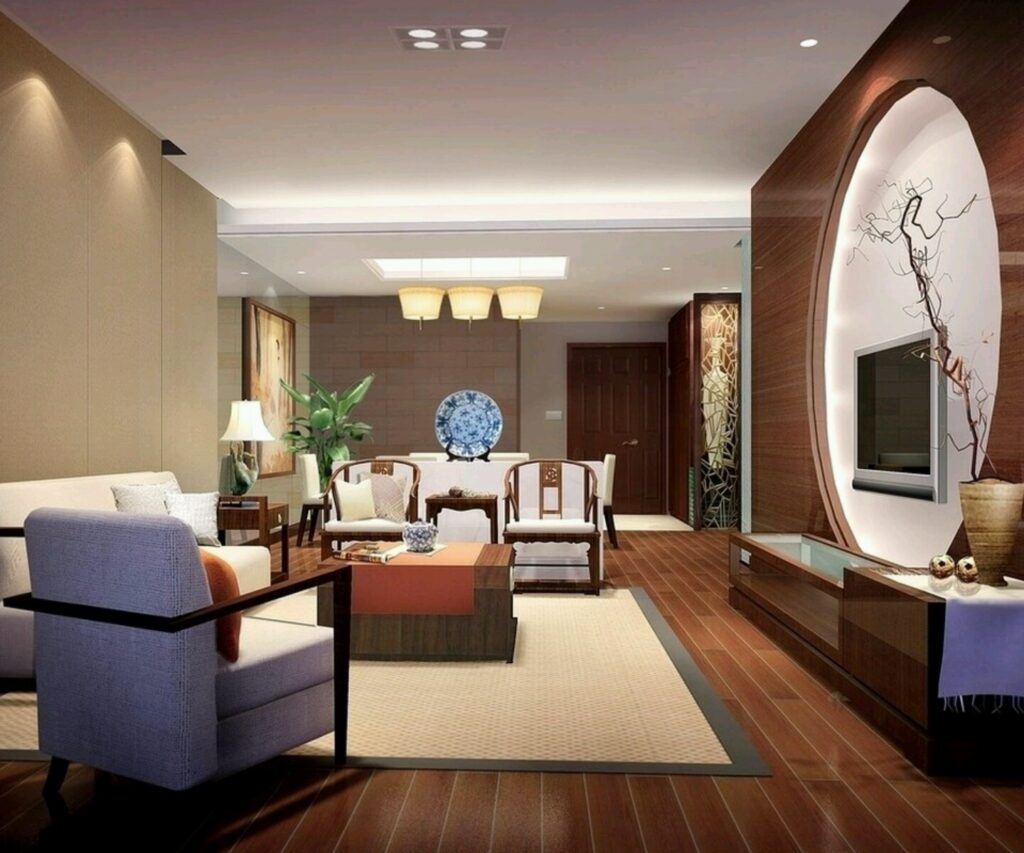
This comprehensive guide will walk you through the essential elements of home interior decor, from understanding your personal style to choosing the right colors, furniture, and accessories. We’ll explore different decor styles, offer practical tips and tricks, and provide inspiration to help you create a home that you’ll absolutely love.
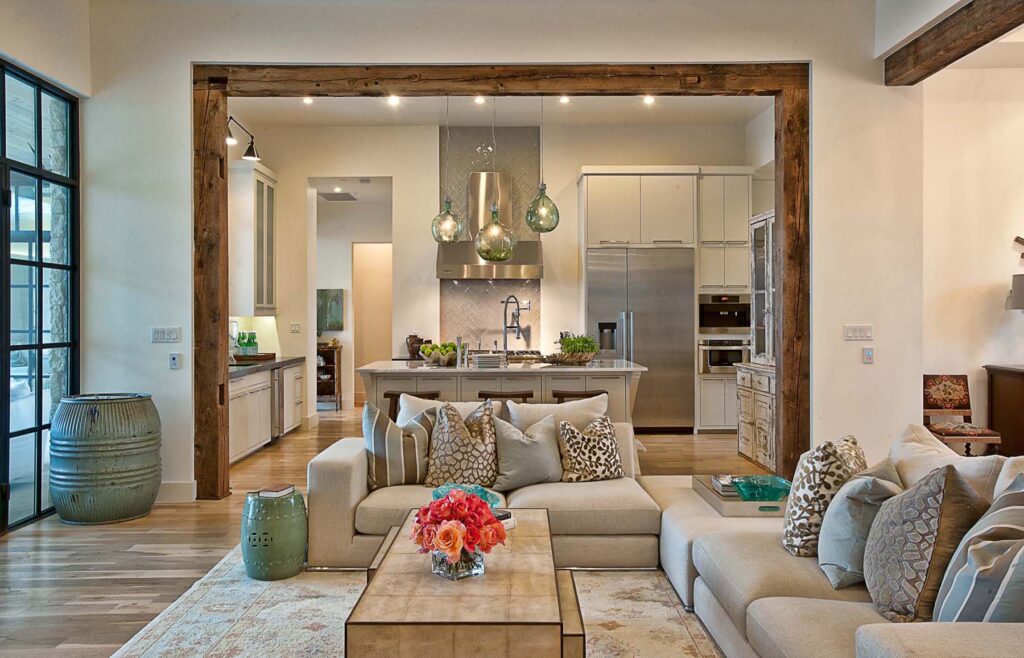
Understanding Your Style: The Foundation of Good Decor
Before you even think about paint colors or furniture arrangements, it’s crucial to identify your personal style. This is the foundation upon which your entire decor scheme will be built. Ask yourself: What kind of atmosphere do you want to create? What colors and textures do you find most appealing? What kind of lifestyle do you lead?
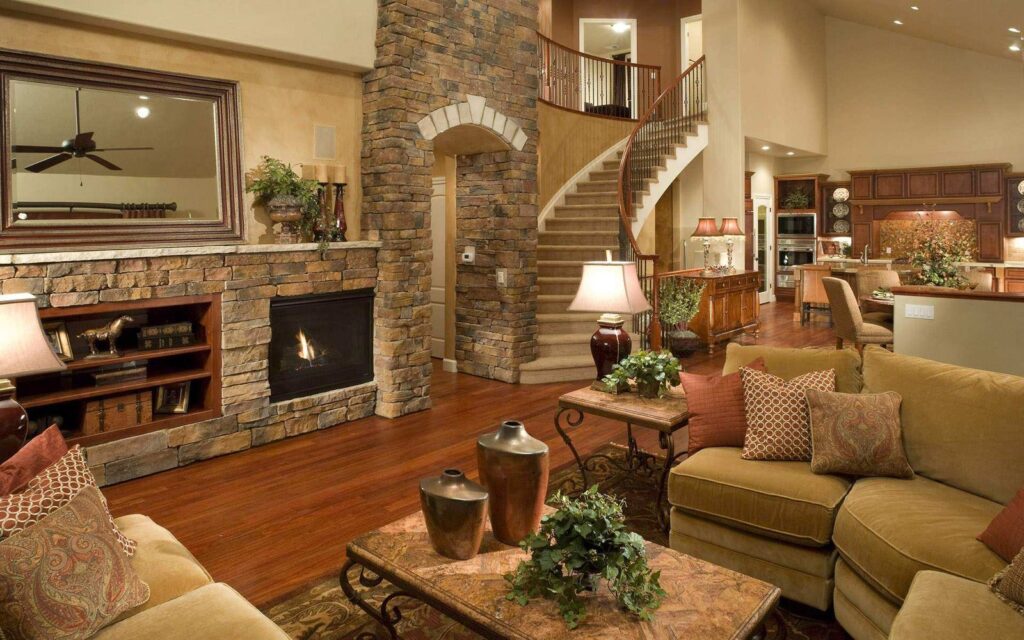
Exploring Different Decor Styles
Familiarizing yourself with different decor styles is a great starting point. Here are a few popular styles to consider:
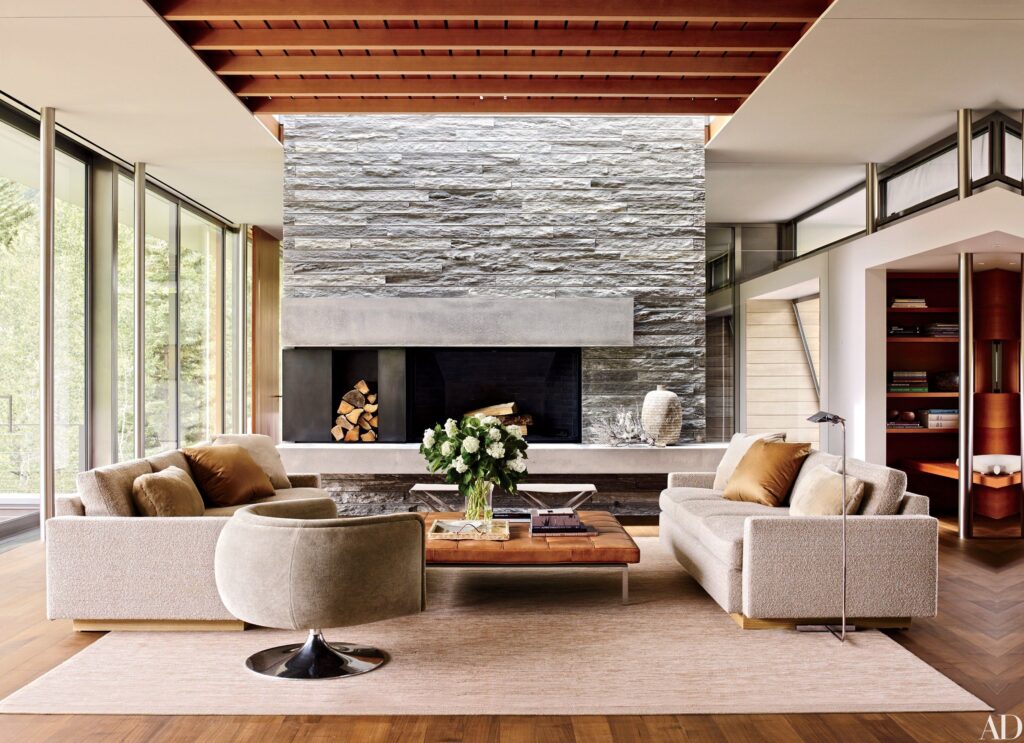
- Modern: Characterized by clean lines, minimalism, neutral colors, and functional furniture. Think sleek surfaces, geometric shapes, and a focus on practicality.
- Contemporary: Often confused with modern, contemporary style is more fluid and evolving. It embraces current trends while still maintaining a sense of simplicity and sophistication.
- Traditional: Rooted in classic European designs, traditional style features rich colors, ornate details, antique furniture, and luxurious fabrics. Think stately elegance and timeless appeal.
- Bohemian: A free-spirited and eclectic style that celebrates individuality and creativity. Bohemian decor incorporates vibrant colors, mixed patterns, natural materials, and vintage finds. Think relaxed, unconventional, and artistic.
- Minimalist: Emphasizing simplicity and functionality above all else. Minimalist spaces are clutter-free, with a focus on essential items and a neutral color palette. Think clean, serene, and uncluttered.
- Industrial: Inspired by warehouses and factories, industrial style features exposed brick, concrete floors, metal accents, and reclaimed wood. Think raw, edgy, and functional.
- Scandinavian: Focused on simplicity, functionality, and natural light. Scandinavian decor incorporates light colors, natural materials like wood and wool, and a focus on creating a cozy and inviting atmosphere. Think hygge and comfort.
- Coastal: Inspired by the beach and the ocean, coastal style features light and airy colors, natural materials like linen and rattan, and nautical accents. Think relaxed, breezy, and refreshing.
- Farmhouse: A cozy and inviting style that celebrates rustic charm and farmhouse details. Farmhouse decor incorporates natural materials, vintage finds, and a warm color palette. Think comfortable, welcoming, and family-friendly.
It’s important to remember that you don’t have to stick to one style exclusively. Many people find that they gravitate towards a blend of different styles, creating a unique and personalized look. Experiment with different elements and see what resonates with you.
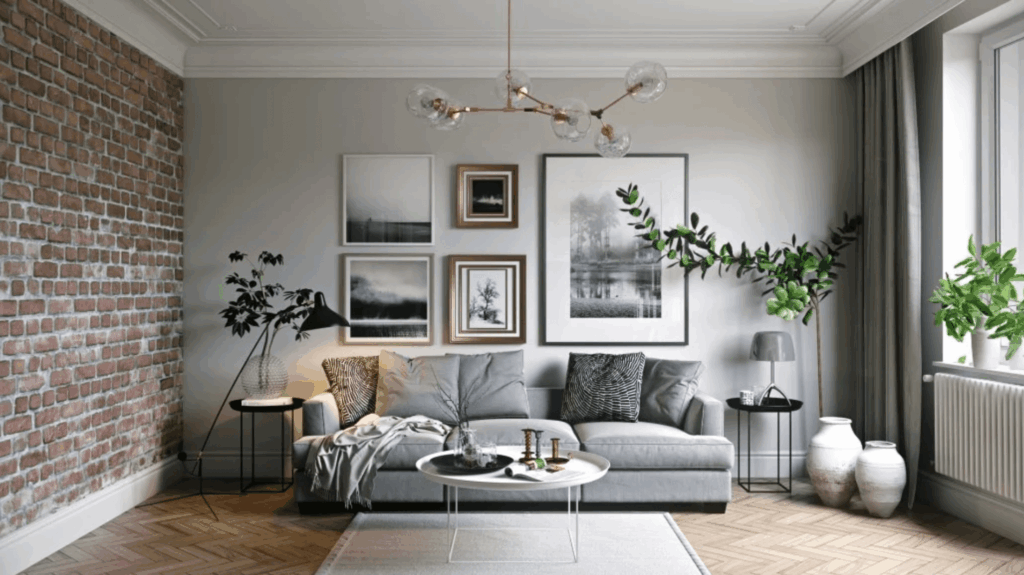
Creating a Mood Board
Once you have a better understanding of your style preferences, create a mood board. This is a visual collage of images, colors, textures, and words that represent your desired aesthetic. Gather inspiration from magazines, websites, and social media platforms like Pinterest and Instagram. The purpose of a mood board is to solidify your vision and provide a reference point as you begin decorating.
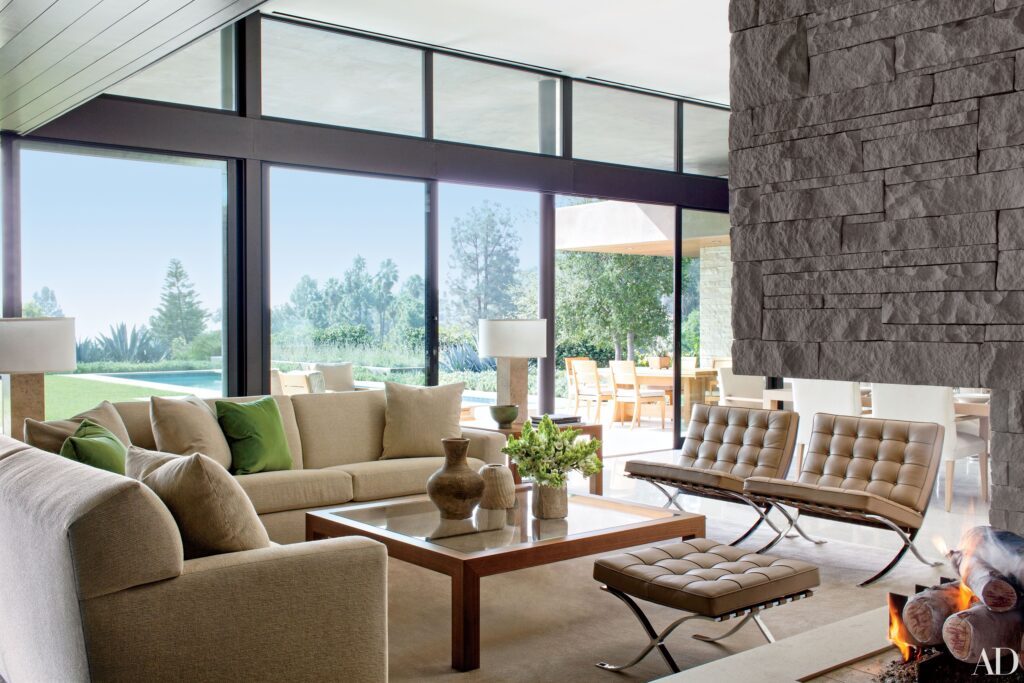
Color Psychology: Setting the Right Tone
Color is a powerful tool in interior decor. It can affect your mood, energy levels, and overall perception of a space. Understanding the psychology of color is essential for creating a home that feels both beautiful and harmonious.
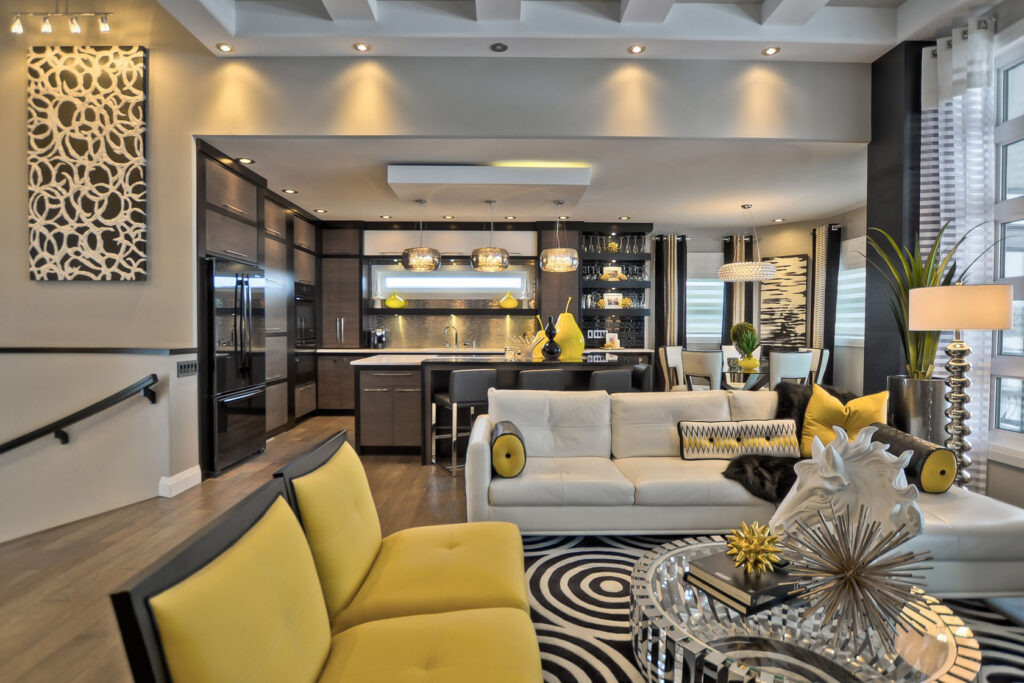
Understanding Color Palettes
A color palette is a selection of colors that work well together. There are several different types of color palettes, including:
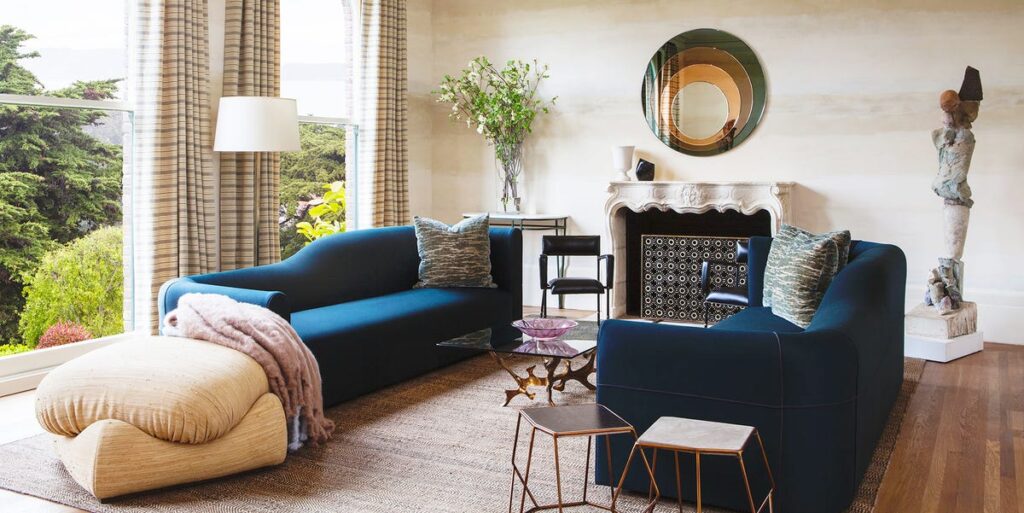
- Monochromatic: Using different shades and tints of a single color. This creates a cohesive and calming effect.
- Analogous: Using colors that are adjacent to each other on the color wheel. This creates a harmonious and balanced feel.
- Complementary: Using colors that are opposite each other on the color wheel. This creates a vibrant and energetic contrast.
- Triadic: Using three colors that are evenly spaced on the color wheel. This creates a balanced and visually interesting palette.
The Emotional Impact of Color
Each color evokes a different emotional response. Here’s a brief overview:
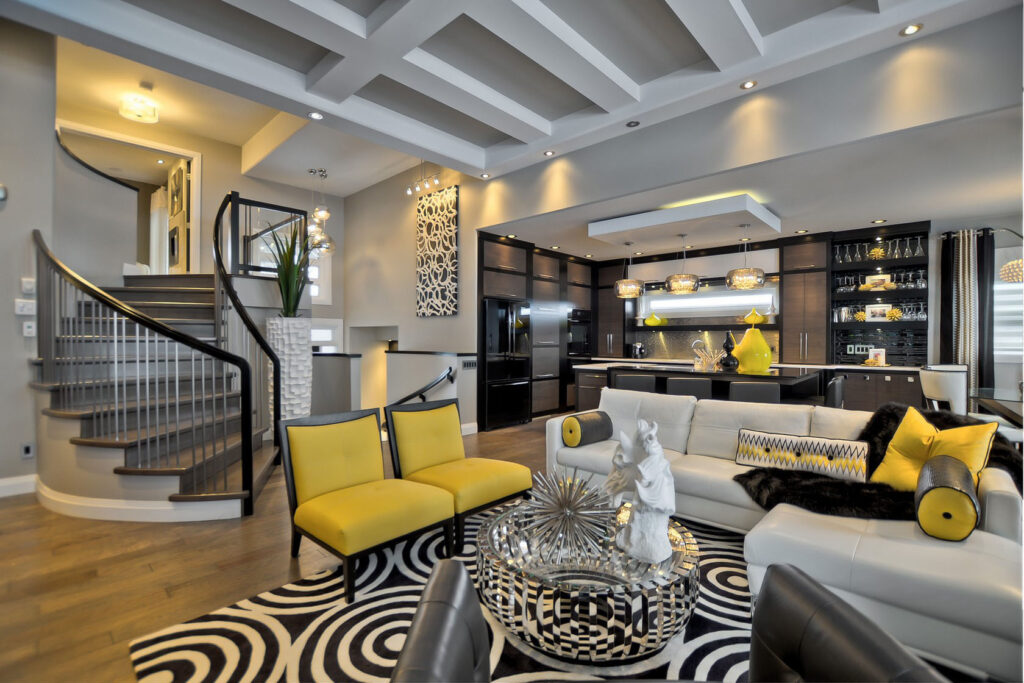
- Blue: Calming, serene, and trustworthy. Often used in bedrooms and bathrooms.
- Green: Natural, refreshing, and calming. Often used in living rooms and bedrooms.
- Yellow: Cheerful, optimistic, and energizing. Often used in kitchens and dining rooms.
- Red: Passionate, energetic, and bold. Use sparingly as an accent color.
- Orange: Warm, inviting, and cheerful. Often used in living rooms and dining rooms.
- Purple: Luxurious, sophisticated, and creative. Often used in bedrooms and home offices.
- Neutral Colors (White, Gray, Beige): Versatile, calming, and provide a blank canvas for other colors and decor.
Consider the function of each room when choosing your color palette. For example, a bedroom should be a calming and relaxing space, while a living room can be more vibrant and inviting.
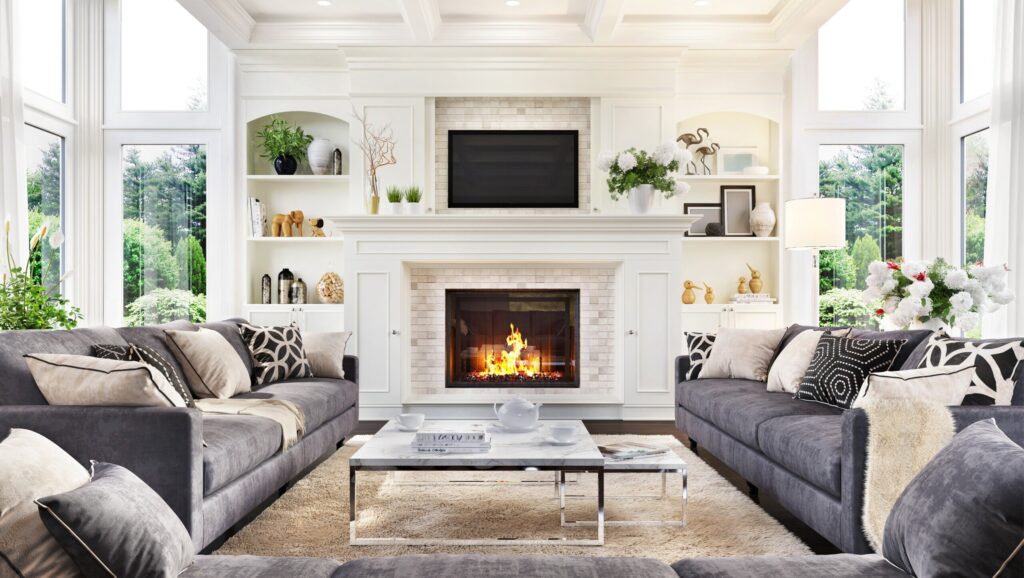
Furniture: Finding the Perfect Pieces
Furniture is a crucial element of home interior decor. It not only provides functionality but also contributes significantly to the overall aesthetic of a space. When choosing furniture, consider the following factors:
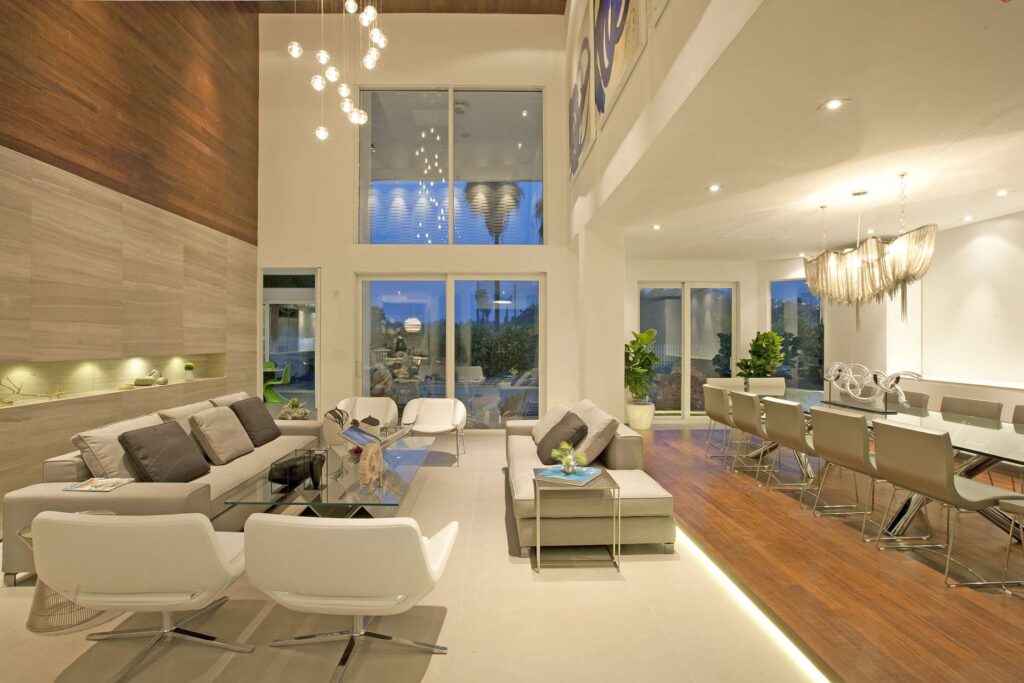
Scale and Proportion
It’s essential to choose furniture that is appropriately sized for your space. Overly large furniture can make a room feel cramped and overwhelming, while furniture that is too small can look lost and insignificant. Consider the dimensions of your room and the scale of other furniture pieces when making your selections.
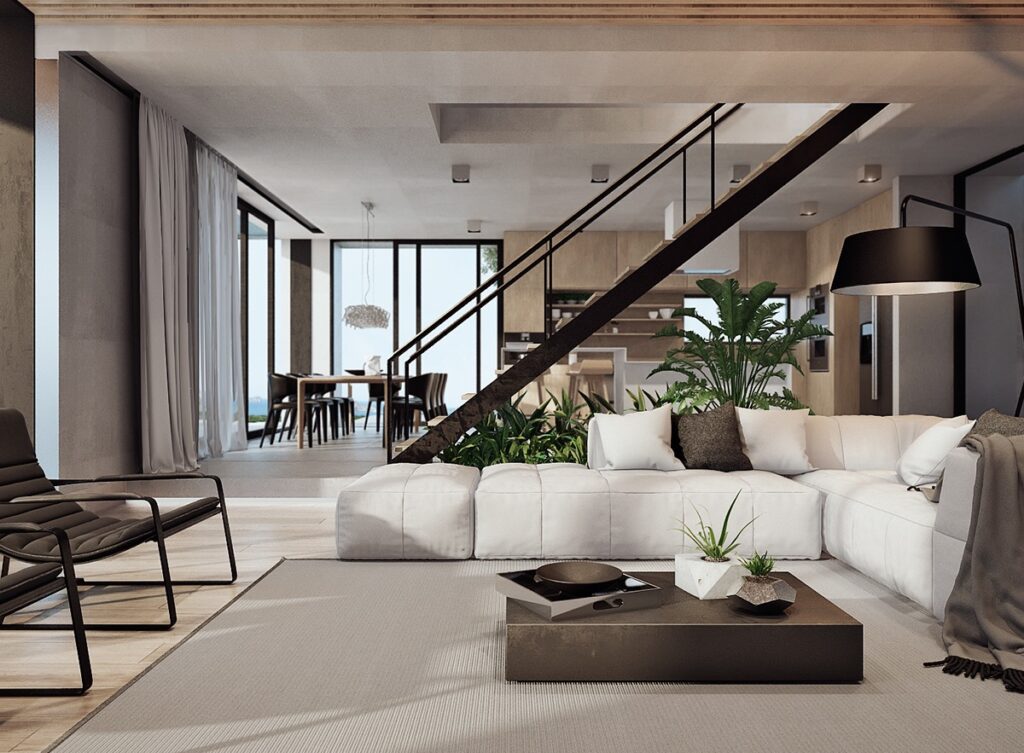
Functionality and Comfort
While aesthetics are important, functionality and comfort should also be top priorities. Choose furniture that meets your needs and provides a comfortable and inviting experience. For example, a sofa should be comfortable to sit on, and a dining table should be large enough to accommodate your family and guests.
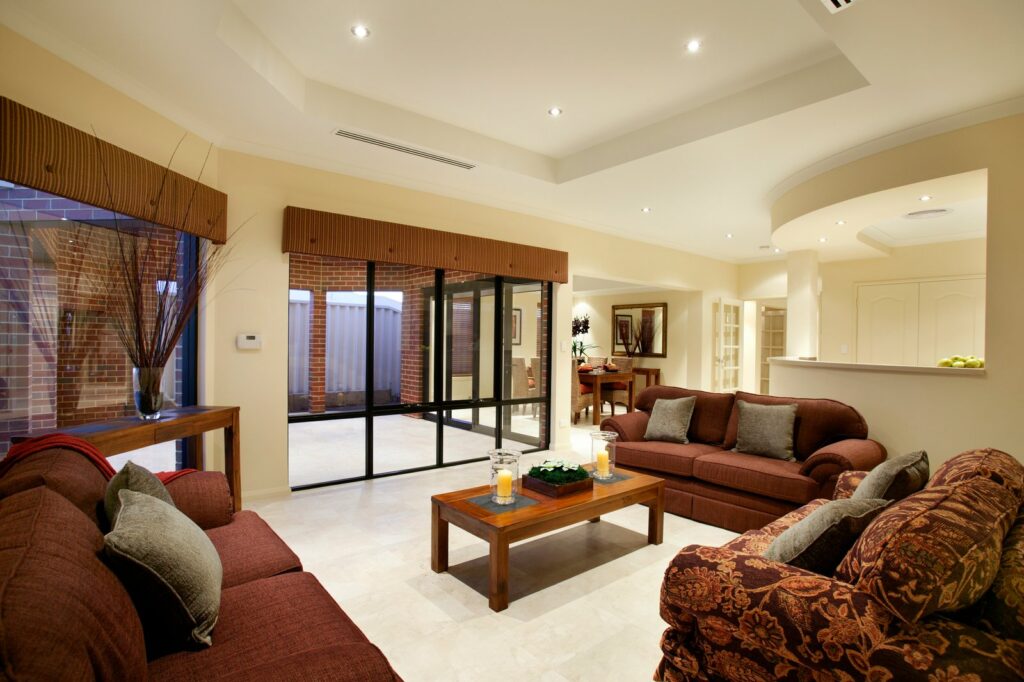
Material and Durability
Consider the materials used in your furniture and their durability. Choose materials that are appropriate for your lifestyle and that will withstand wear and tear. For example, if you have pets or children, you may want to choose furniture with durable, stain-resistant fabrics.
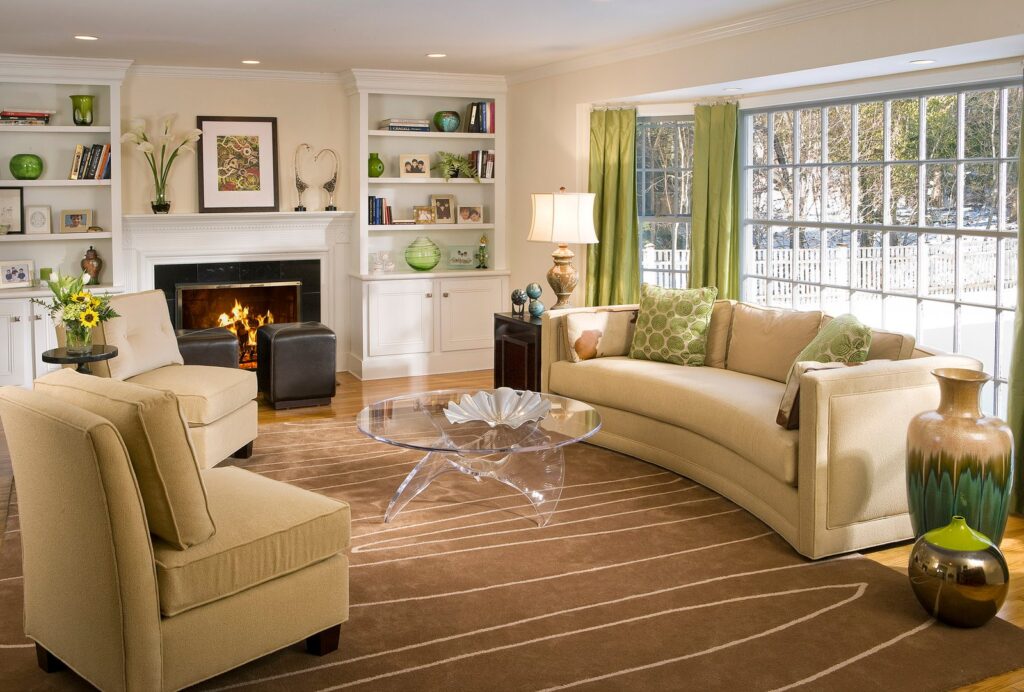
Arrangement and Layout
The arrangement of your furniture can significantly impact the flow and feel of a room. Consider the following tips:
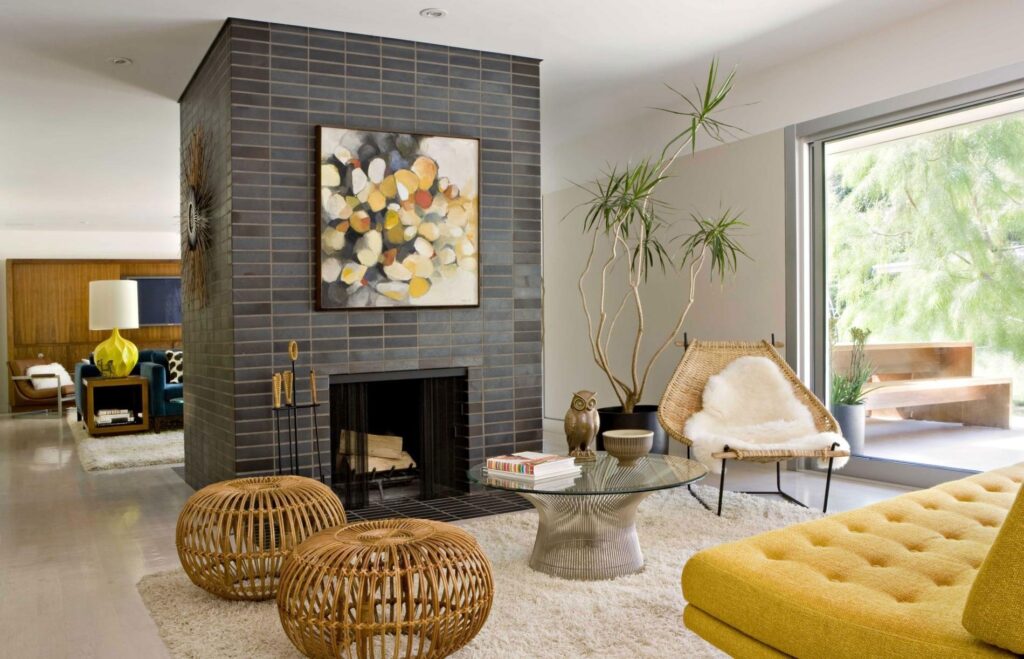
- Create focal points: Arrange furniture around a focal point, such as a fireplace, a large window, or a piece of art.
- Create conversation areas: Arrange seating in a way that encourages conversation and interaction.
- Leave ample space for movement: Ensure that there is enough space to move comfortably around the room.
- Consider traffic flow: Position furniture in a way that doesn’t obstruct traffic flow.
Lighting: Illuminating Your Home’s Beauty
Lighting is an often-overlooked but crucial element of home interior decor. It can dramatically affect the mood, ambiance, and functionality of a space. There are three main types of lighting:
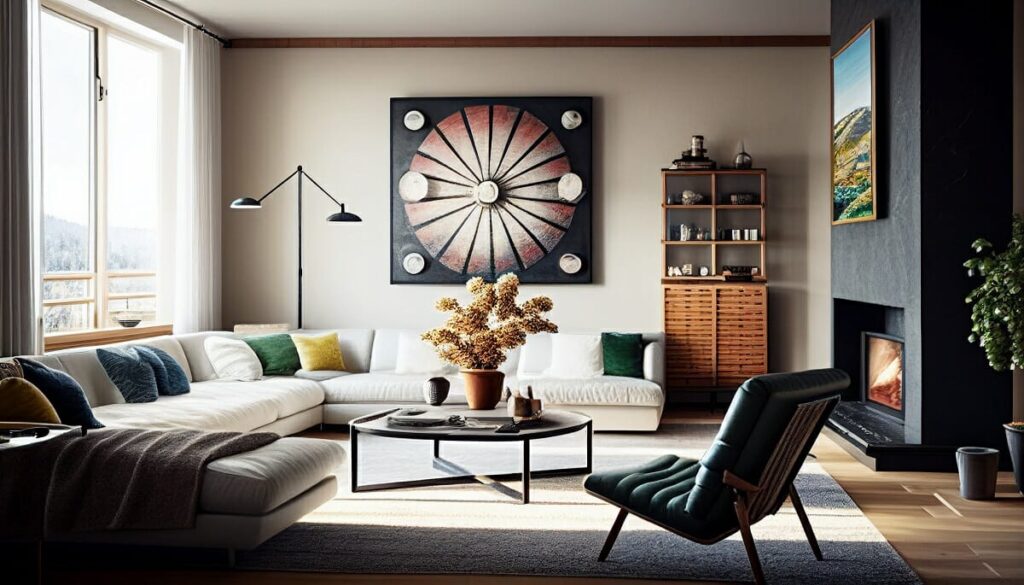
Types of Lighting
- Ambient Lighting: Provides overall illumination to a room. Examples include chandeliers, recessed lighting, and ceiling fixtures.
- Task Lighting: Provides focused light for specific tasks, such as reading, cooking, or working. Examples include desk lamps, under-cabinet lighting, and reading lamps.
- Accent Lighting: Highlights specific features or objects, such as artwork, sculptures, or architectural details. Examples include spotlights, track lighting, and wall sconces.
Layering Lighting
The best lighting schemes incorporate all three types of lighting to create a well-balanced and functional space. Layering lighting allows you to adjust the ambiance of a room to suit different activities and moods.
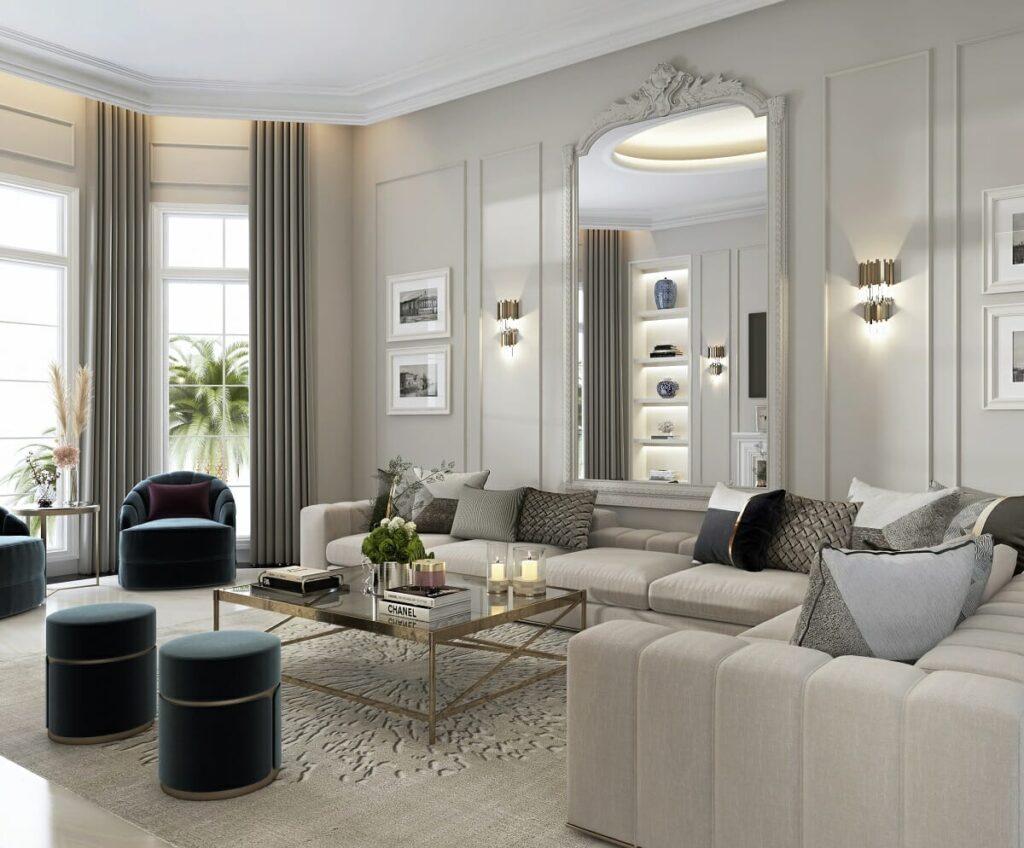
Choosing the Right Fixtures
When choosing lighting fixtures, consider the style of your decor and the function of the room. For example, a formal dining room might call for a dramatic chandelier, while a casual living room might benefit from a combination of floor lamps and table lamps.
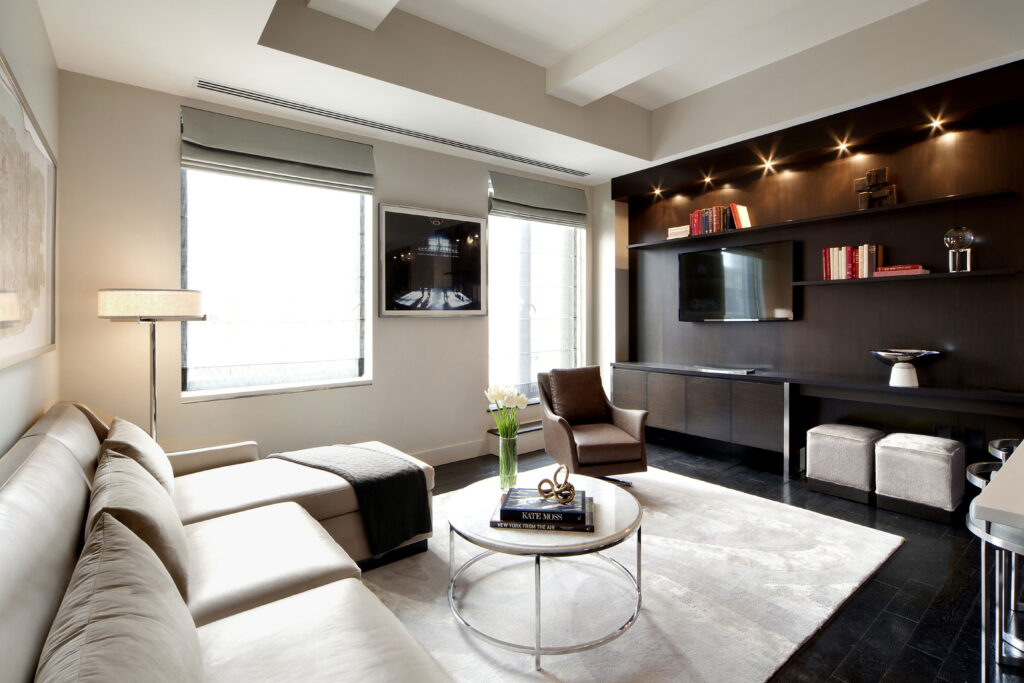
Natural Light Maximization
Maximize natural light by keeping windows clean and unobstructed. Use sheer curtains or blinds to allow natural light to filter into the room while still providing privacy. Mirrors can also be used to reflect and amplify natural light.
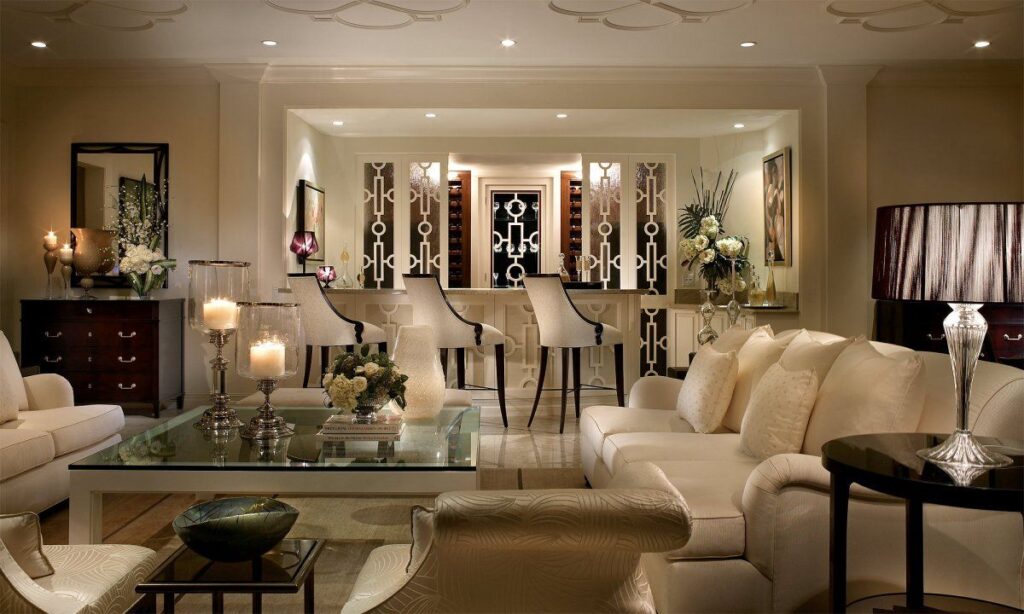
Accessories: Adding the Finishing Touches
Accessories are the finishing touches that add personality and character to your home. They’re the details that make a space feel truly yours. Consider the following accessories:
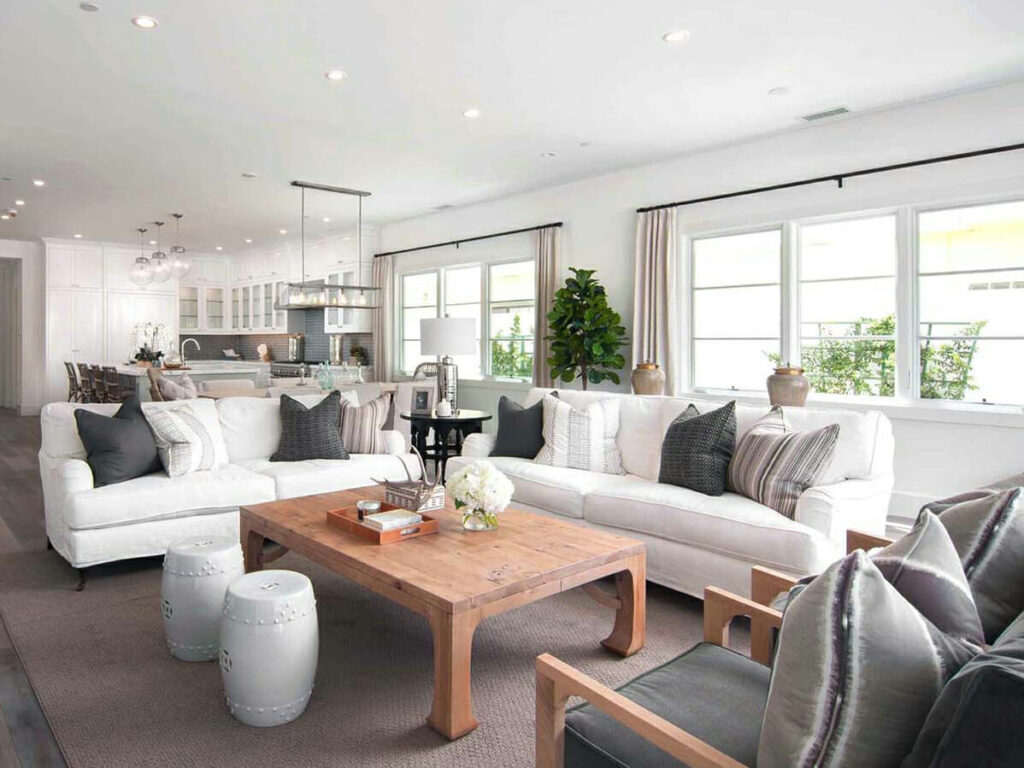
Art and Wall Decor
Art and wall decor can add visual interest and personality to a room. Choose pieces that you love and that reflect your style. Consider different types of art, such as paintings, prints, photographs, and sculptures.
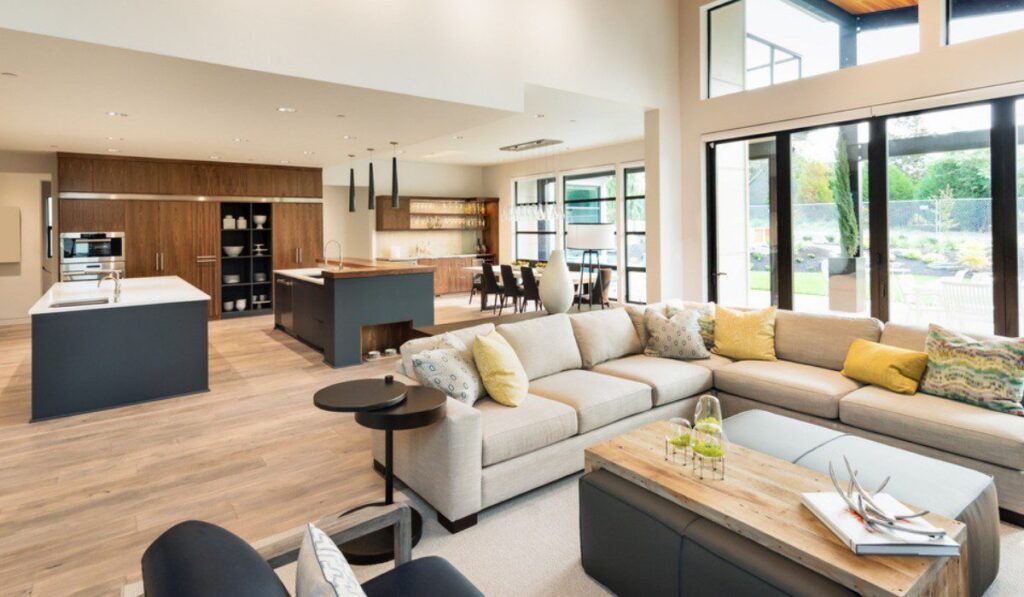
Rugs and Textiles
Rugs and textiles can add warmth, texture, and color to a space. Choose rugs that are appropriately sized for the room and that complement the overall color scheme. Consider different types of textiles, such as throw pillows, blankets, and curtains.
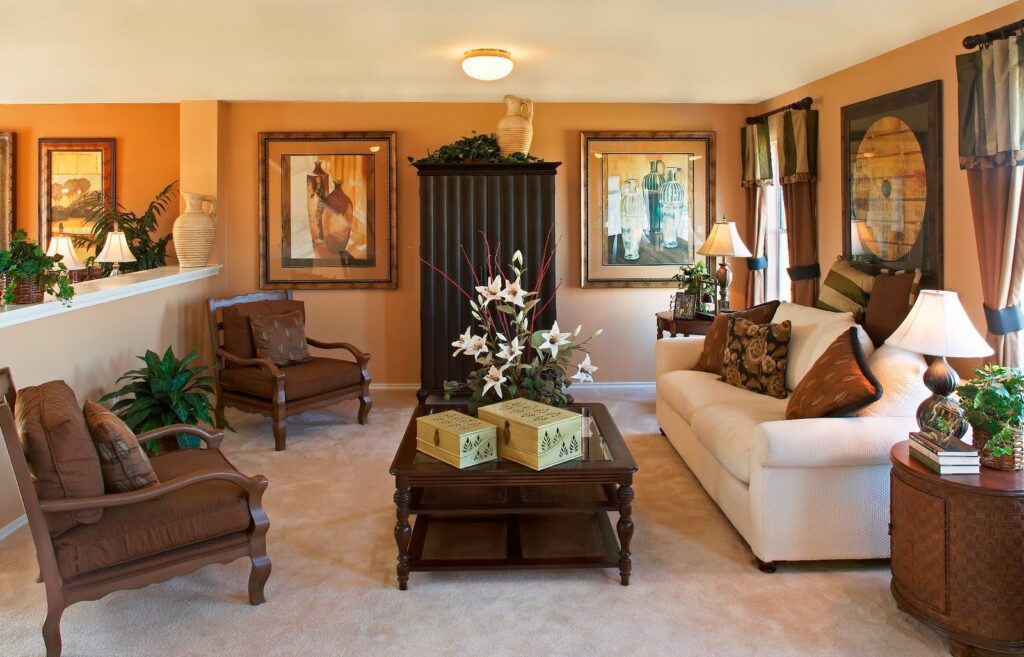
Plants and Flowers
Plants and flowers can bring life and freshness to a room. Choose plants that are easy to care for and that thrive in your environment. Consider different types of plants, such as succulents, ferns, and flowering plants.
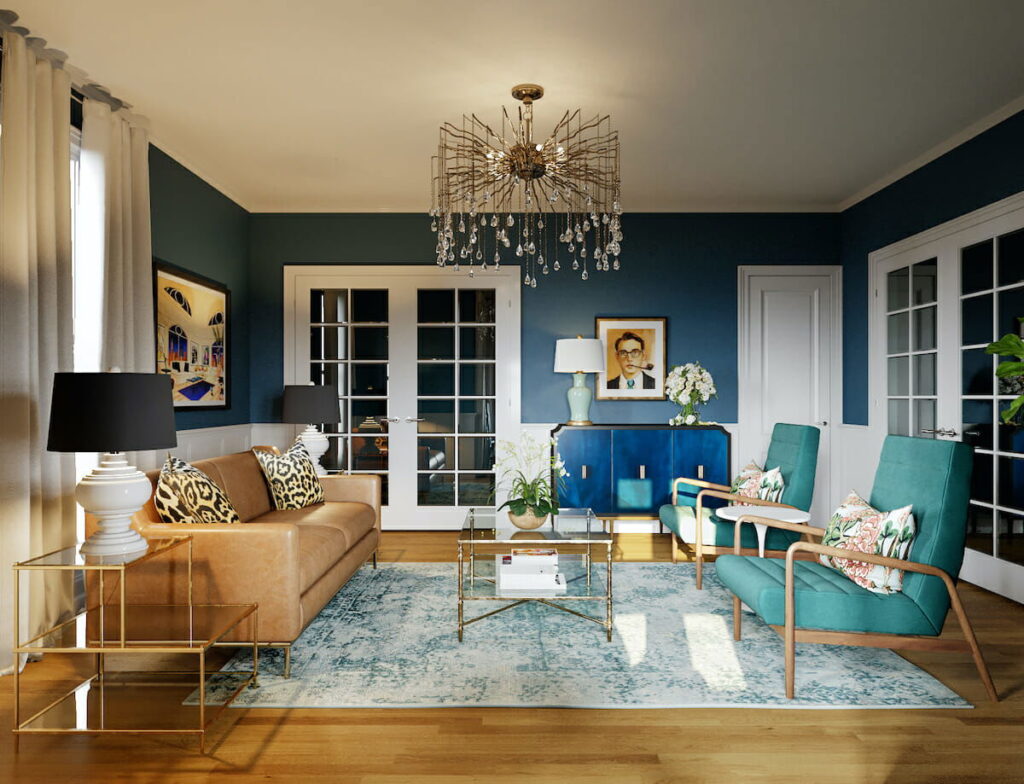
Decorative Objects
Decorative objects, such as vases, candles, and books, can add personality and interest to a room. Choose objects that you love and that reflect your interests. Arrange objects in groupings to create visual appeal.
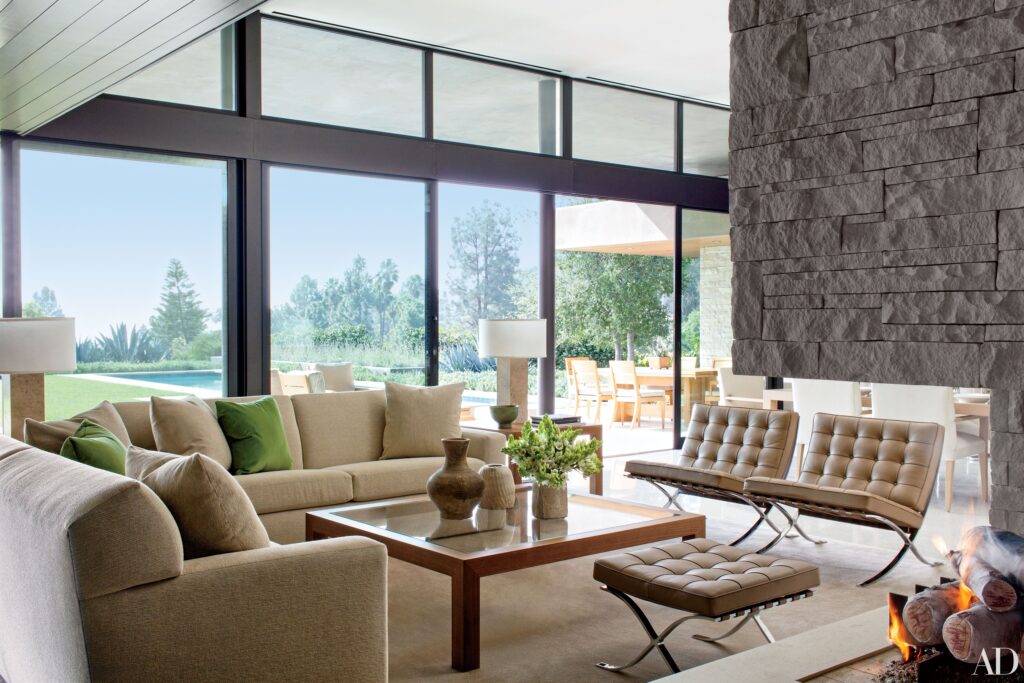
Budget-Friendly Decorating Tips
Decorating your home doesn’t have to break the bank. Here are a few budget-friendly tips:
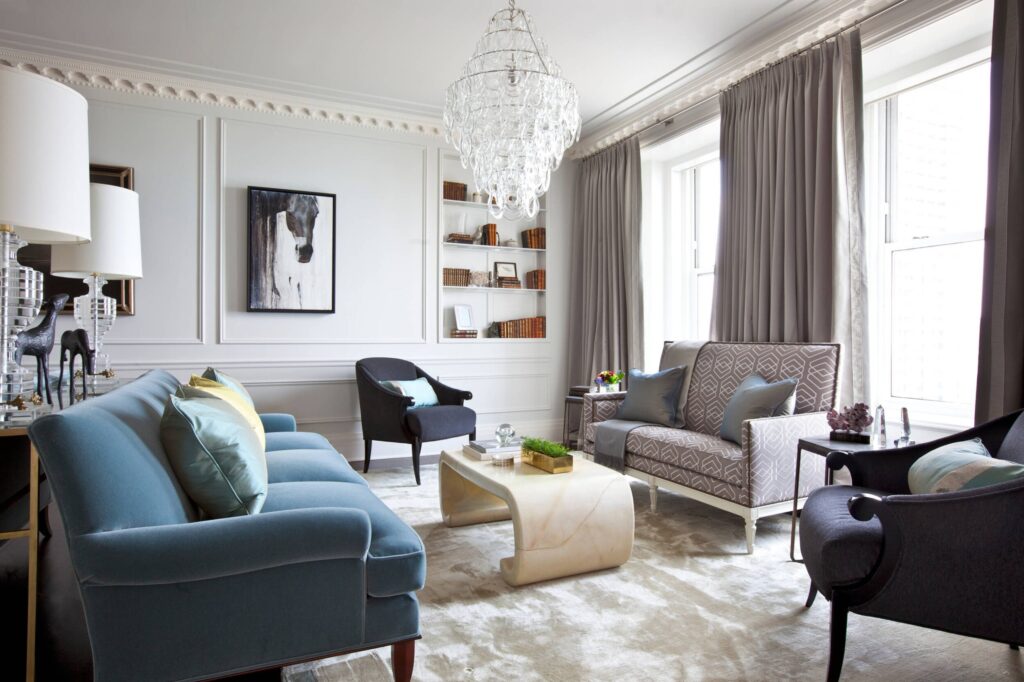
Repurpose and Upcycle
Look for creative ways to repurpose and upcycle existing items. For example, you can paint an old dresser or reupholster a chair. This is a great way to save money and add a unique touch to your decor.
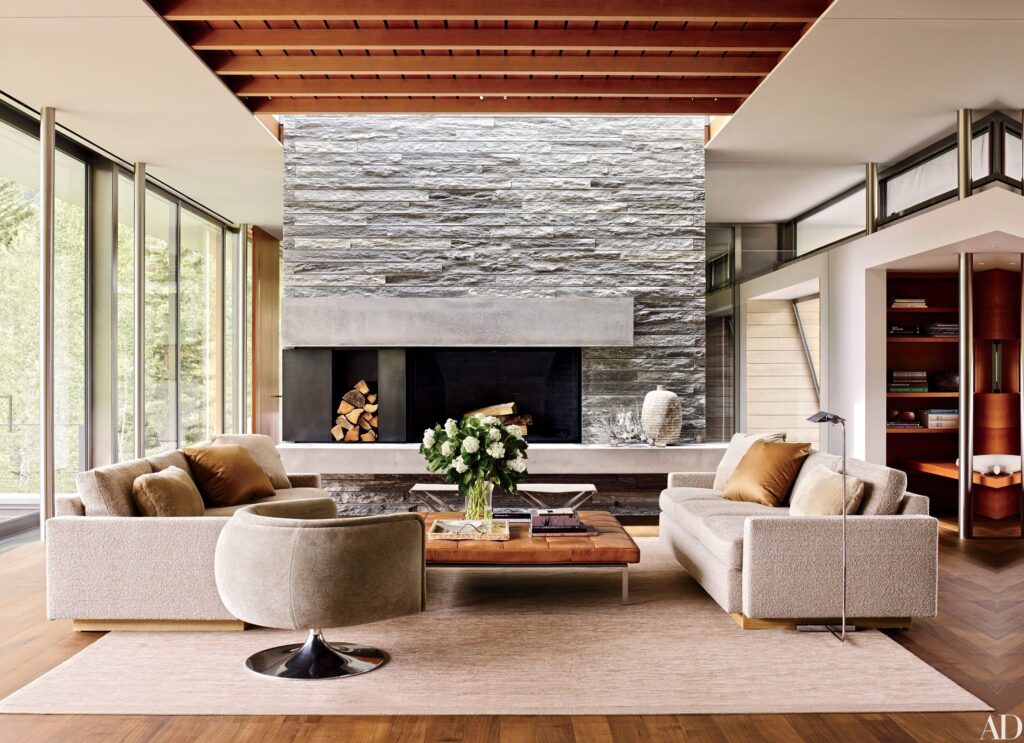
Shop Secondhand
Visit thrift stores, antique shops, and flea markets to find unique and affordable decor items. You can often find hidden gems at a fraction of the cost of new items.
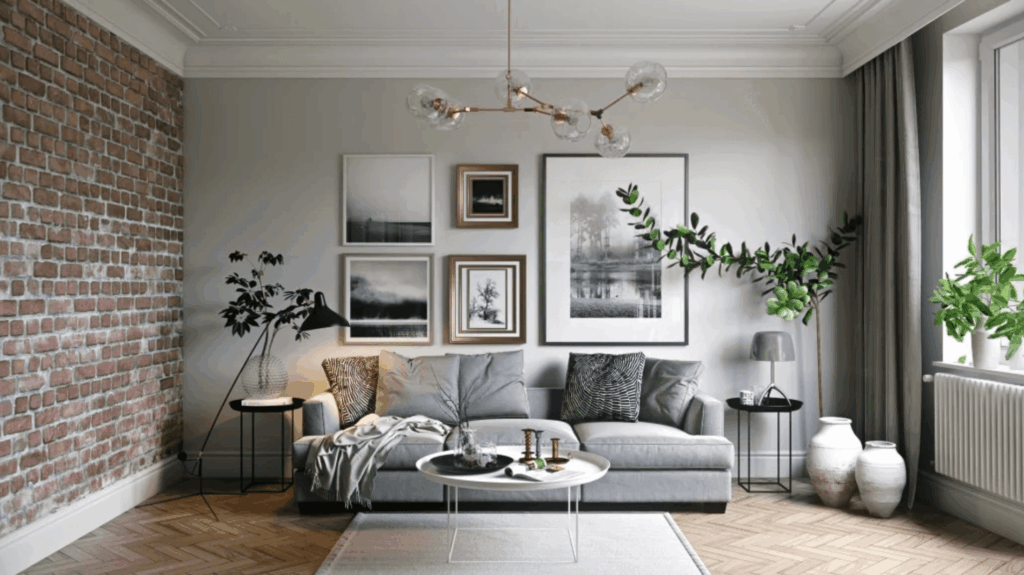
DIY Projects
Embrace DIY projects to create custom decor items. There are countless tutorials available online for everything from painting furniture to making wall art. This is a great way to save money and add a personal touch to your home.
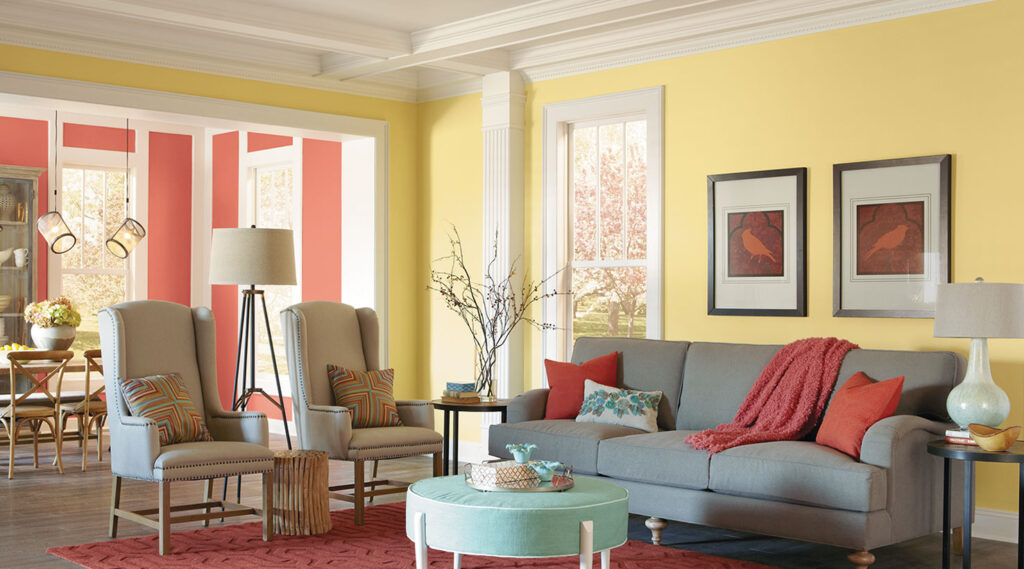
Focus on High-Impact Areas
If you’re on a tight budget, focus on high-impact areas, such as the living room and entryway. These are the spaces that guests will see first, so making improvements in these areas can have a significant impact.
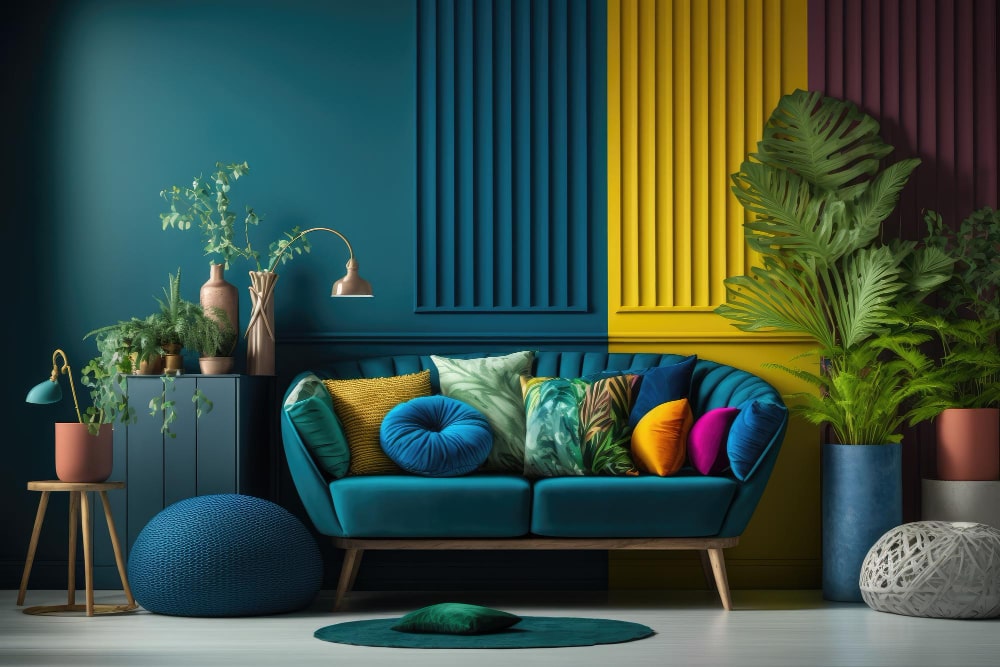
Accessorize Strategically
Accessorize strategically to add personality and style to your home without spending a lot of money. Focus on adding a few key accessories that will make a big impact.
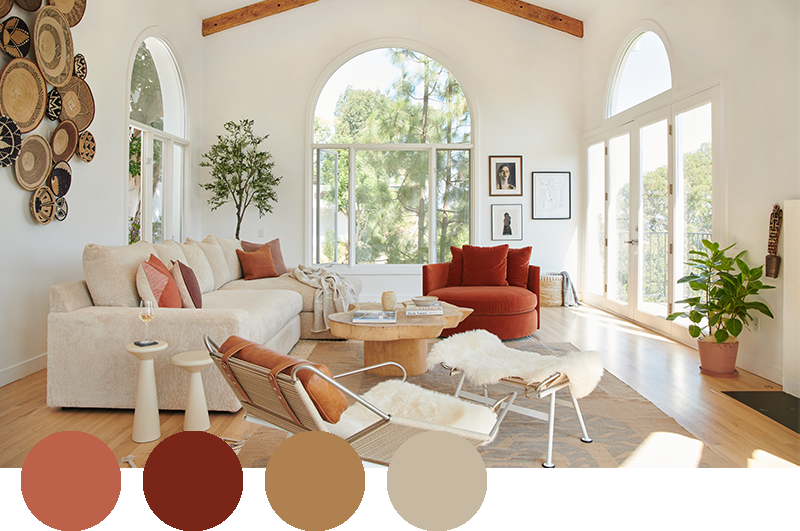
Mistakes to Avoid in Home Interior Decor
Even with the best intentions, it’s easy to make mistakes when decorating your home. Here are a few common mistakes to avoid:
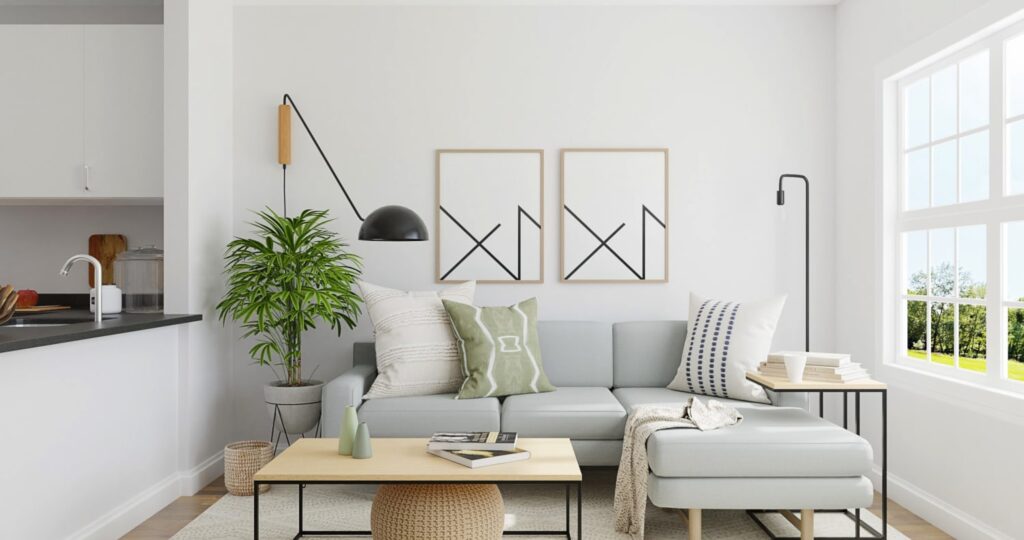
Ignoring Scale and Proportion
As mentioned earlier, it’s crucial to choose furniture that is appropriately sized for your space. Ignoring scale and proportion can make a room feel cramped and uncomfortable.
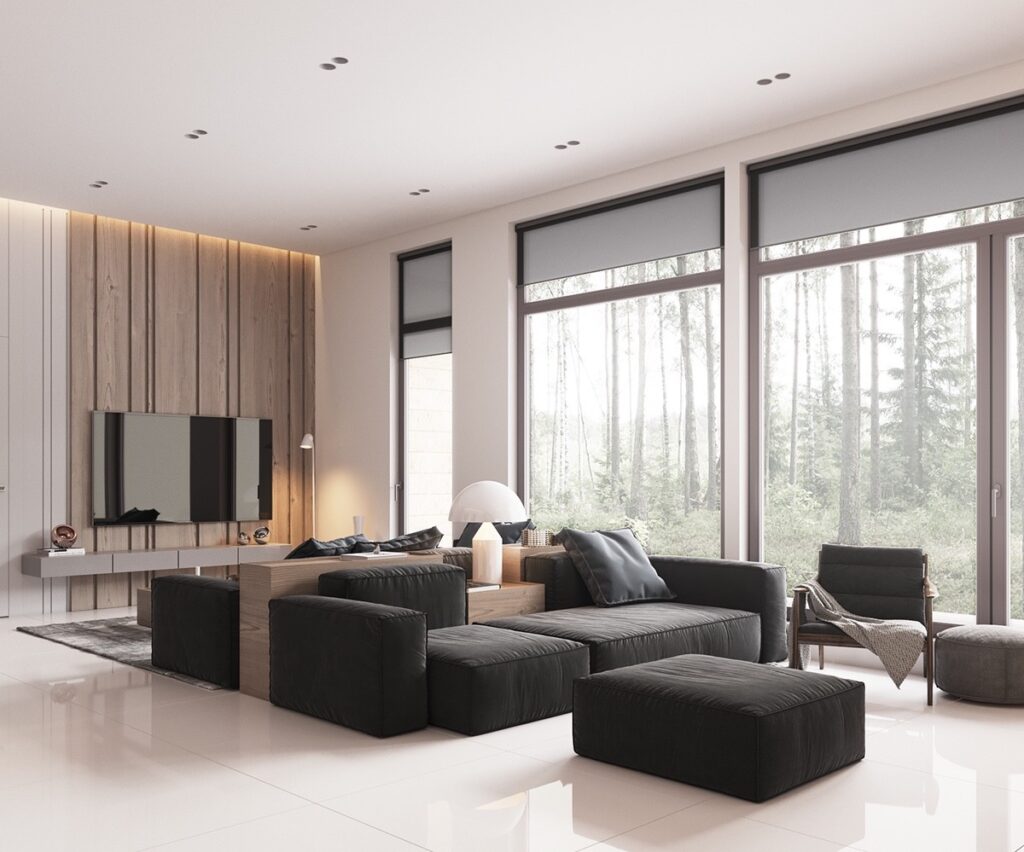
Cluttering Your Space
Clutter can make a room feel overwhelming and stressful. Avoid cluttering your space with unnecessary items. Focus on keeping surfaces clean and organized.
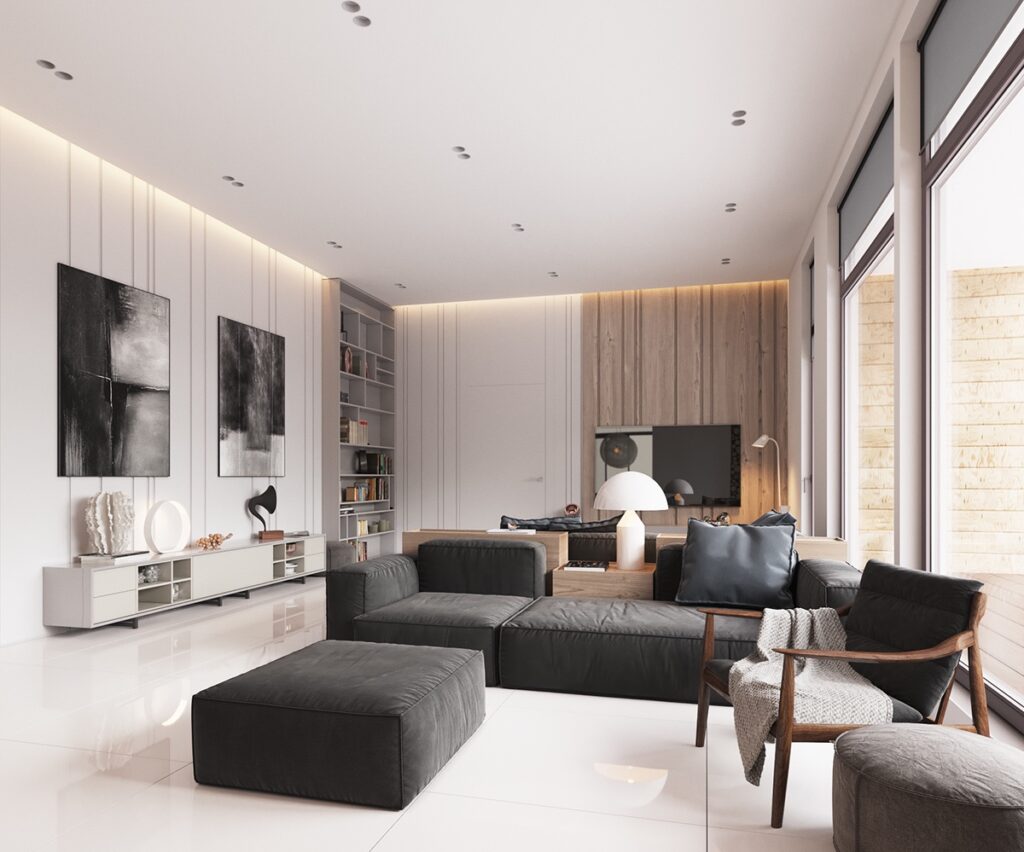
Following Trends Blindly
While it’s tempting to follow the latest trends, it’s important to choose decor items that you love and that reflect your personal style. Following trends blindly can result in a home that feels impersonal and dated quickly.
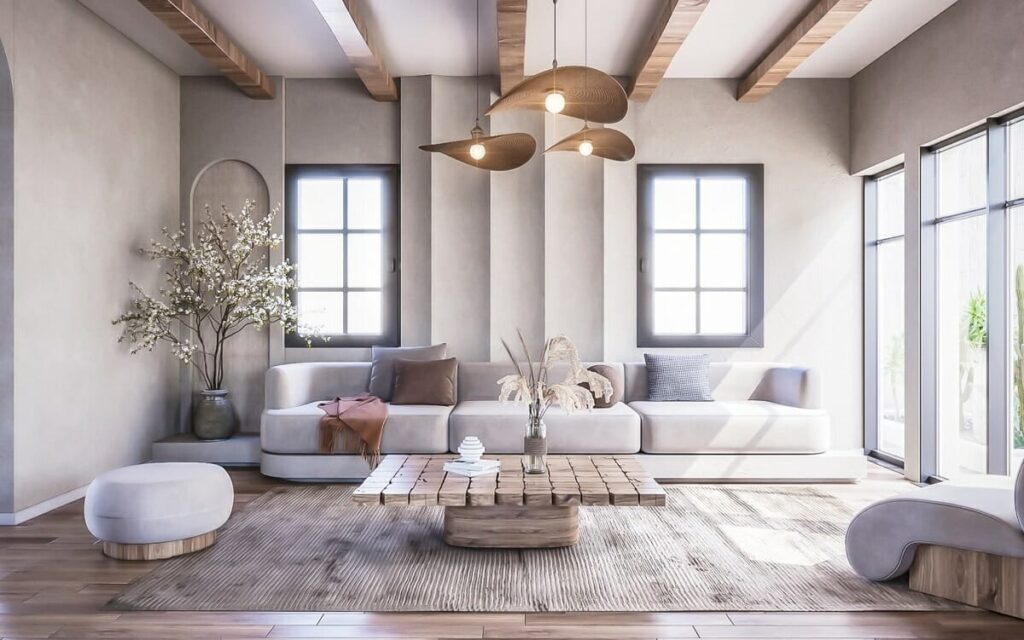
Neglecting Lighting
Lighting is a crucial element of home interior decor, and neglecting it can have a significant impact on the overall feel of a space. Ensure that you have adequate lighting for all your needs.
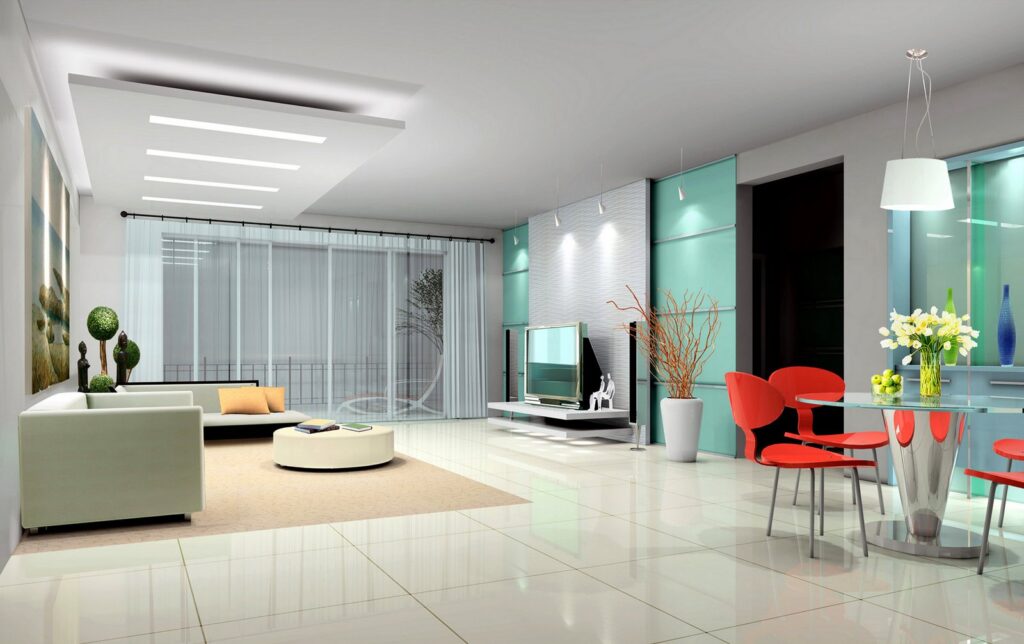
Being Afraid to Experiment
Decorating your home should be a fun and creative process. Don’t be afraid to experiment with different styles and ideas. You might be surprised at what you discover.
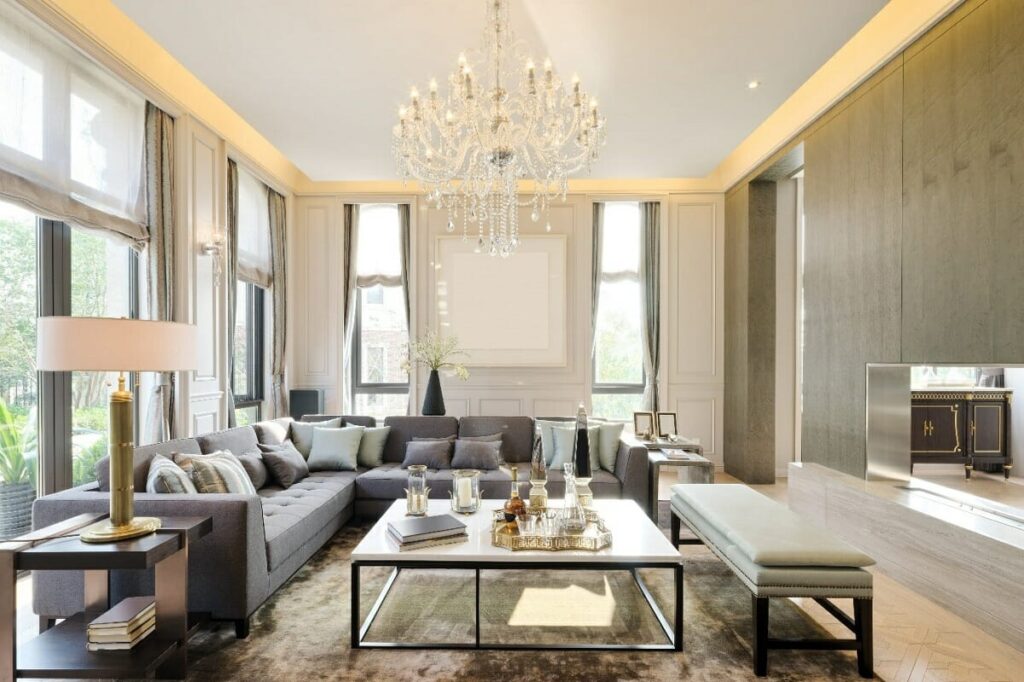
The Future of Home Interior Decor
Home interior decor is constantly evolving, with new trends and technologies emerging all the time. Here are a few trends to watch out for in the future:
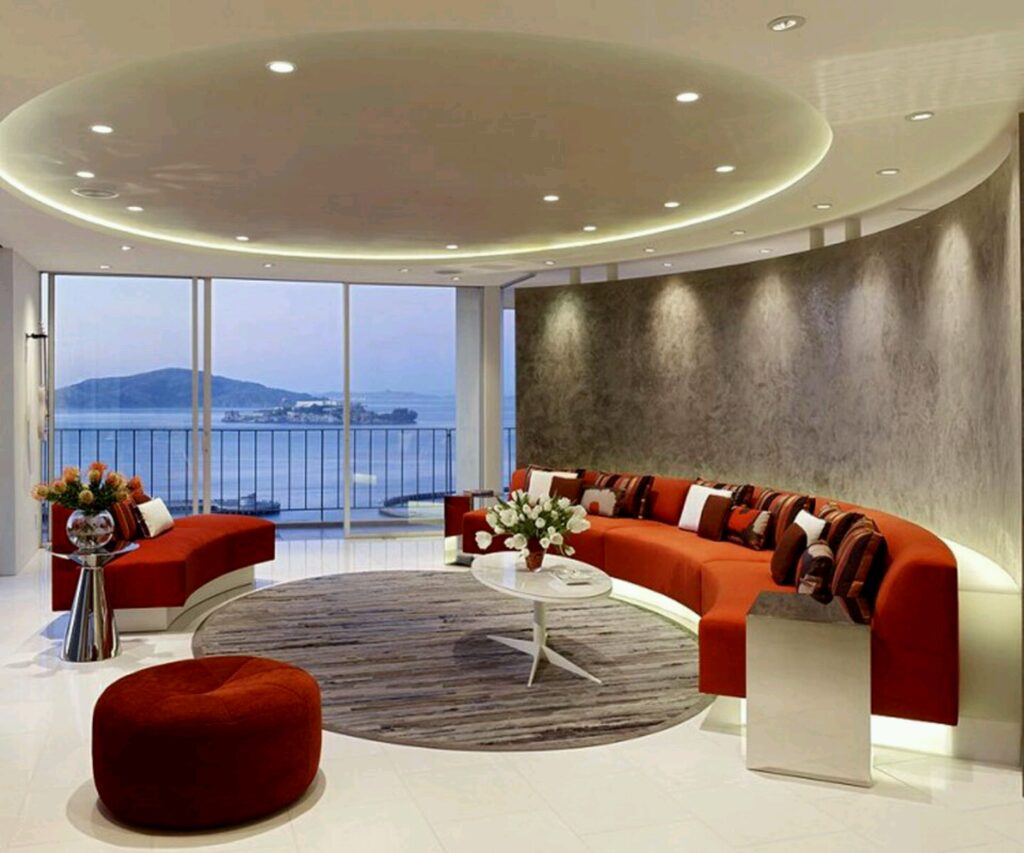
Sustainability
Sustainability is becoming increasingly important in all aspects of life, including home interior decor. Expect to see more sustainable materials and practices being used in the future.
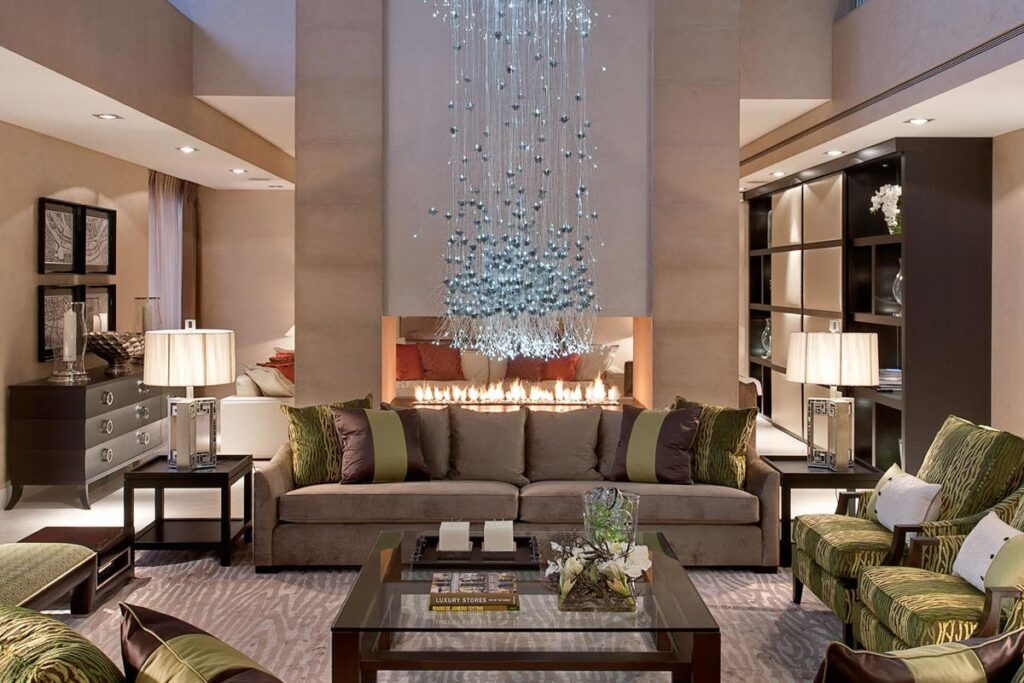
Smart Home Technology
Smart home technology is becoming more integrated into our homes, making it easier to control lighting, temperature, and other features. Expect to see more smart home features being incorporated into interior decor in the future.

Personalization
Personalization is key in modern design. People want their homes to reflect their unique personalities and lifestyles. Expect to see more emphasis on creating personalized and customized spaces in the future.
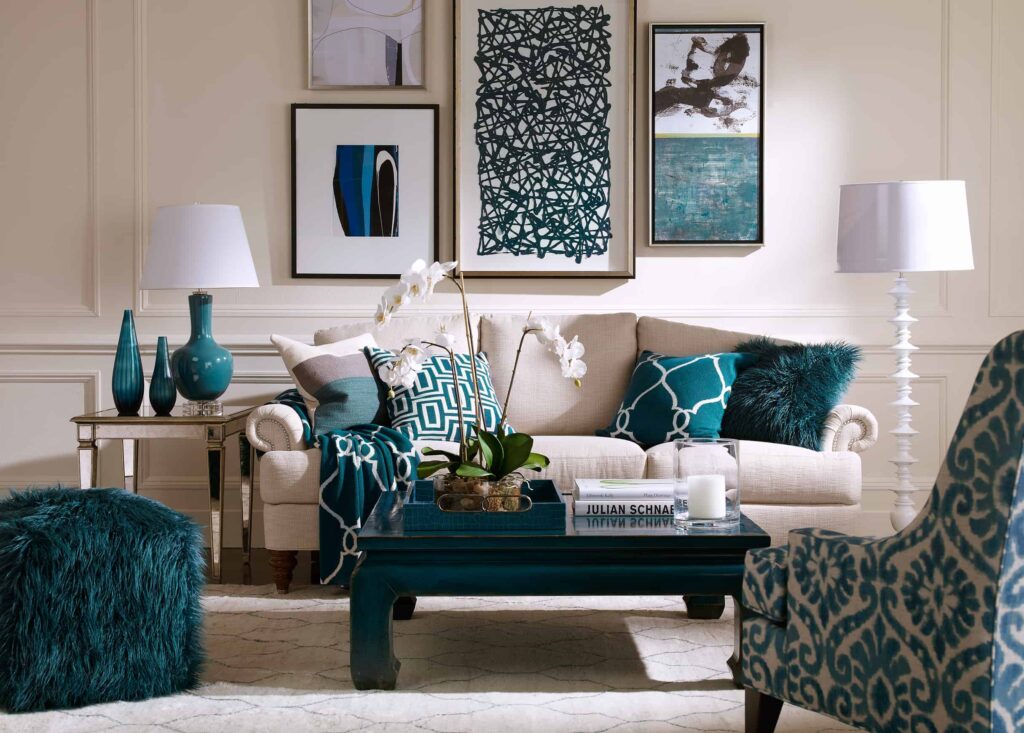
Biophilic Design
Biophilic design focuses on connecting people with nature through the use of natural materials, plants, and natural light. Expect to see more biophilic design elements being incorporated into interior decor in the future.
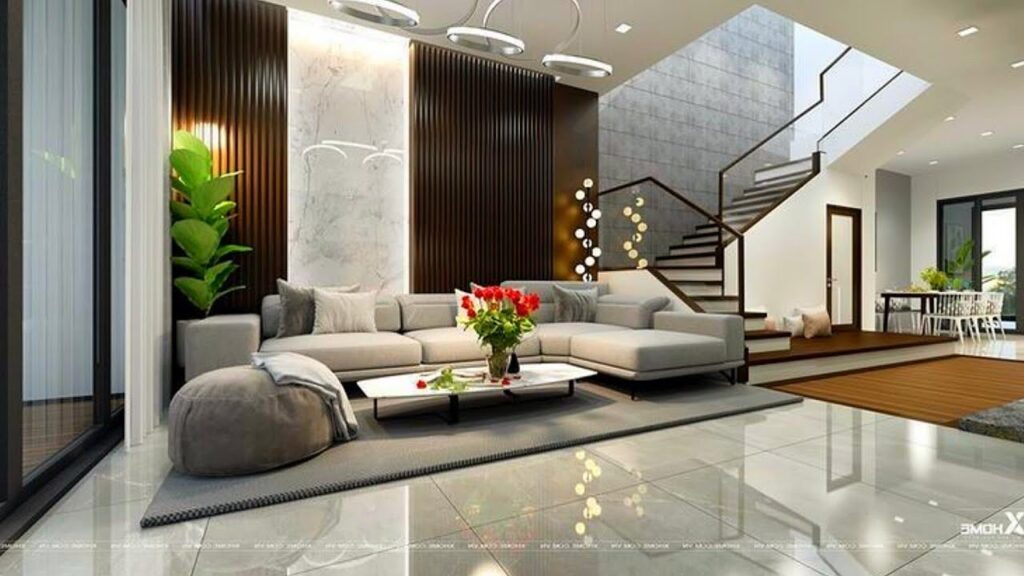
Conclusion: Creating Your Dream Home
Home interior decor is a journey, not a destination. It’s about creating a space that you love and that reflects your personality. By understanding your style, choosing the right colors, furniture, lighting, and accessories, and avoiding common mistakes, you can transform your house into a home that you’ll cherish for years to come. Don’t be afraid to experiment and have fun with the process. Your dream home is waiting to be created!
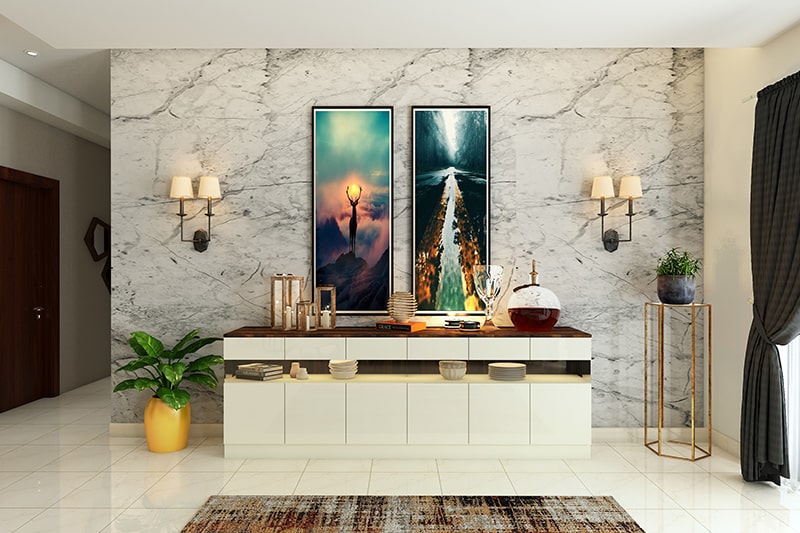
 Nimila
Nimila
